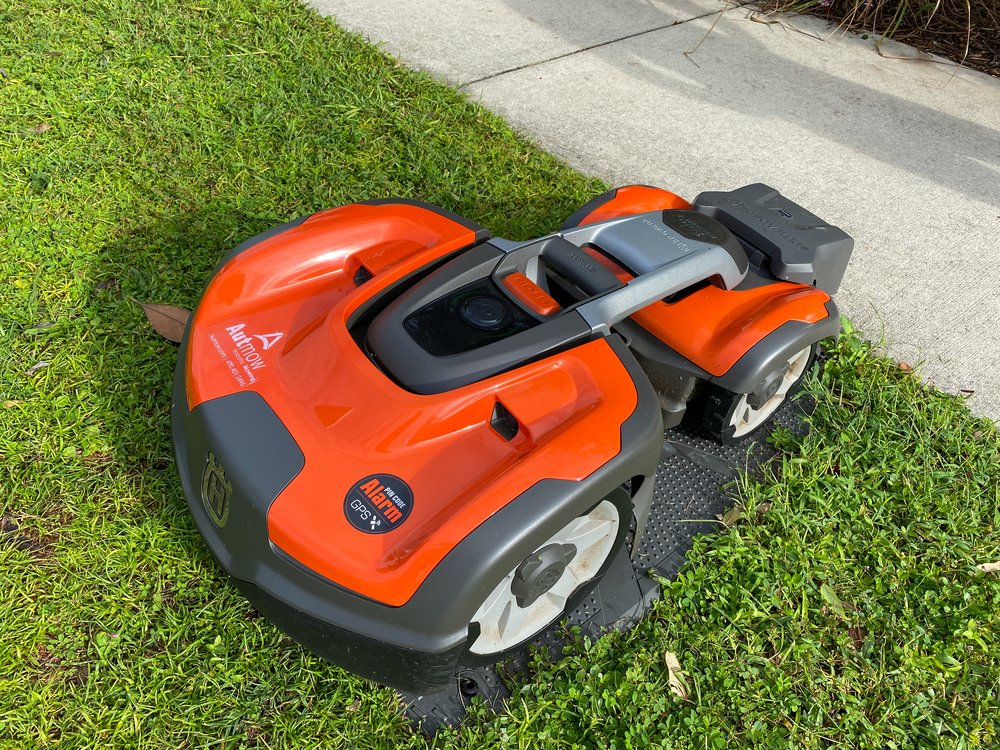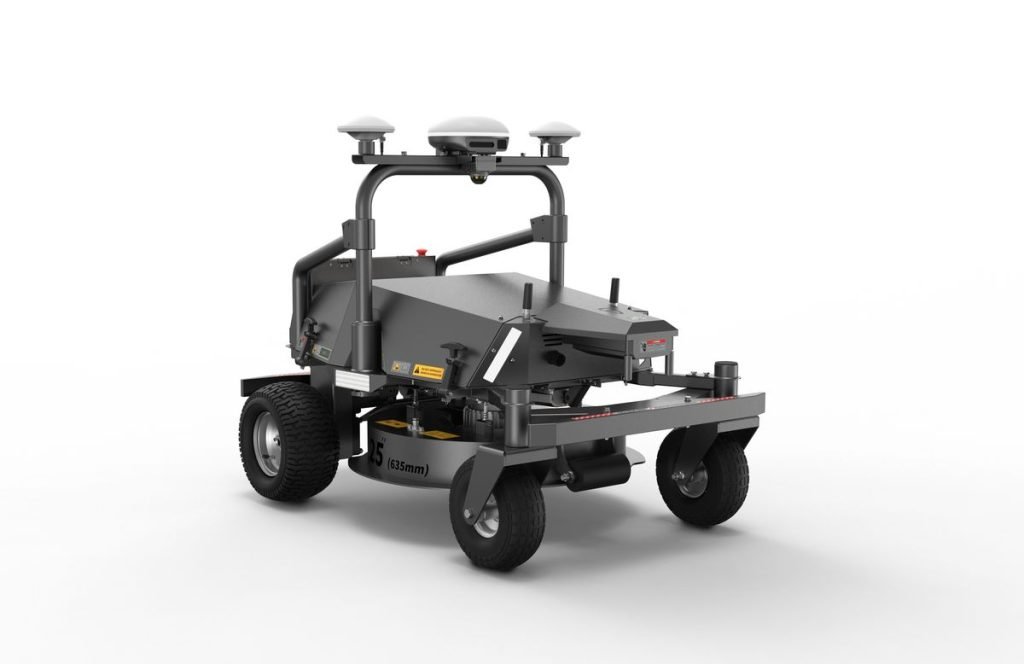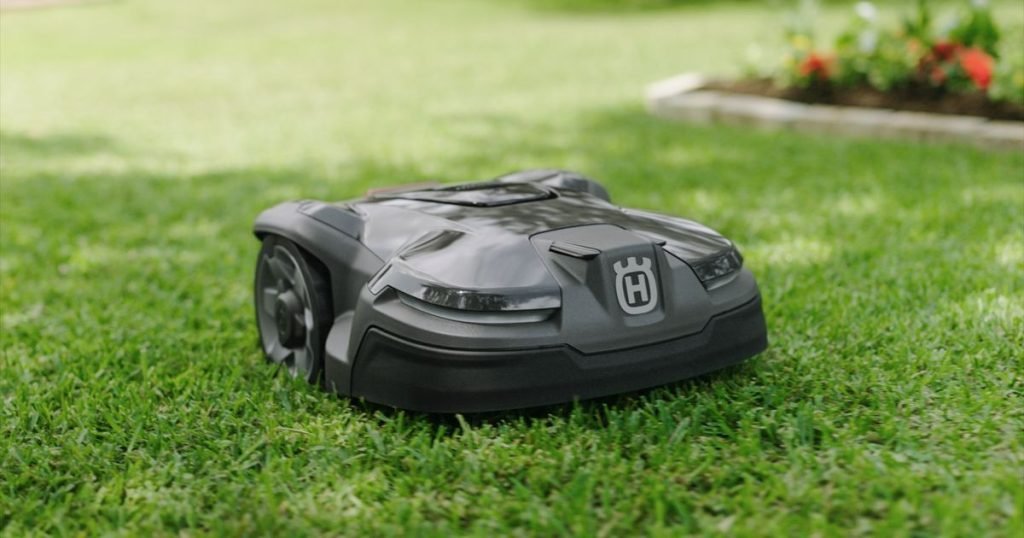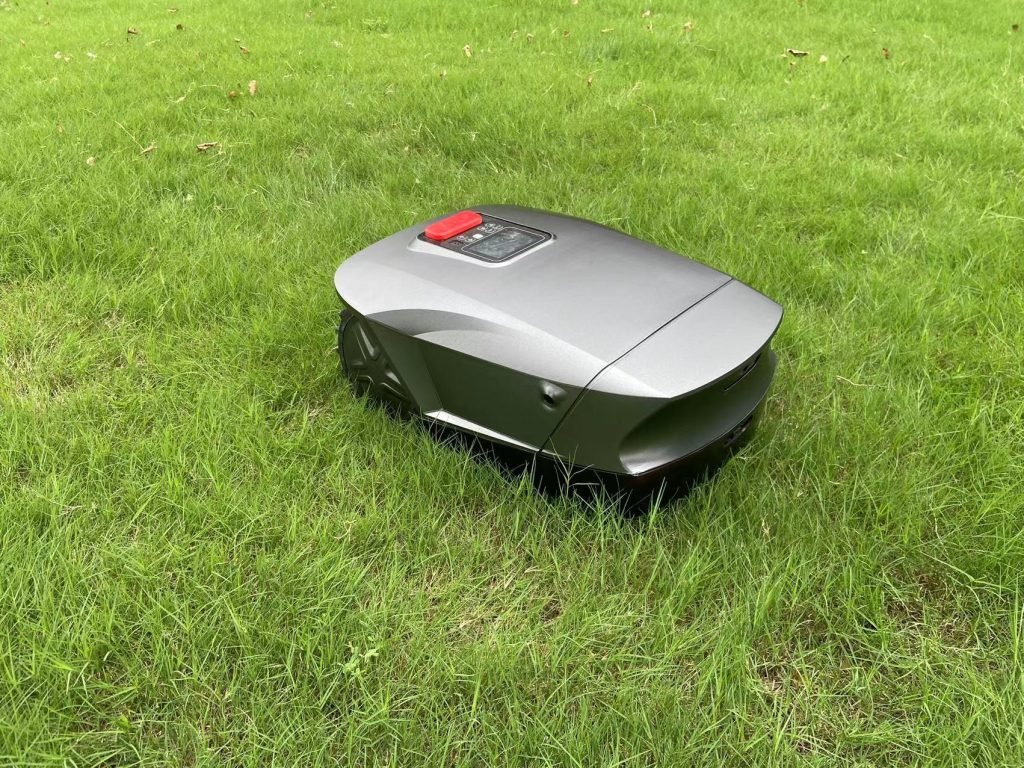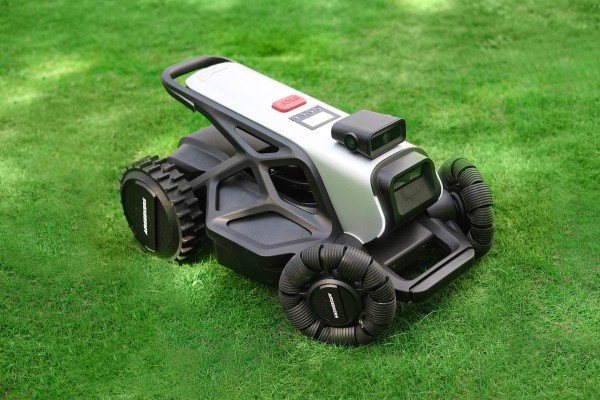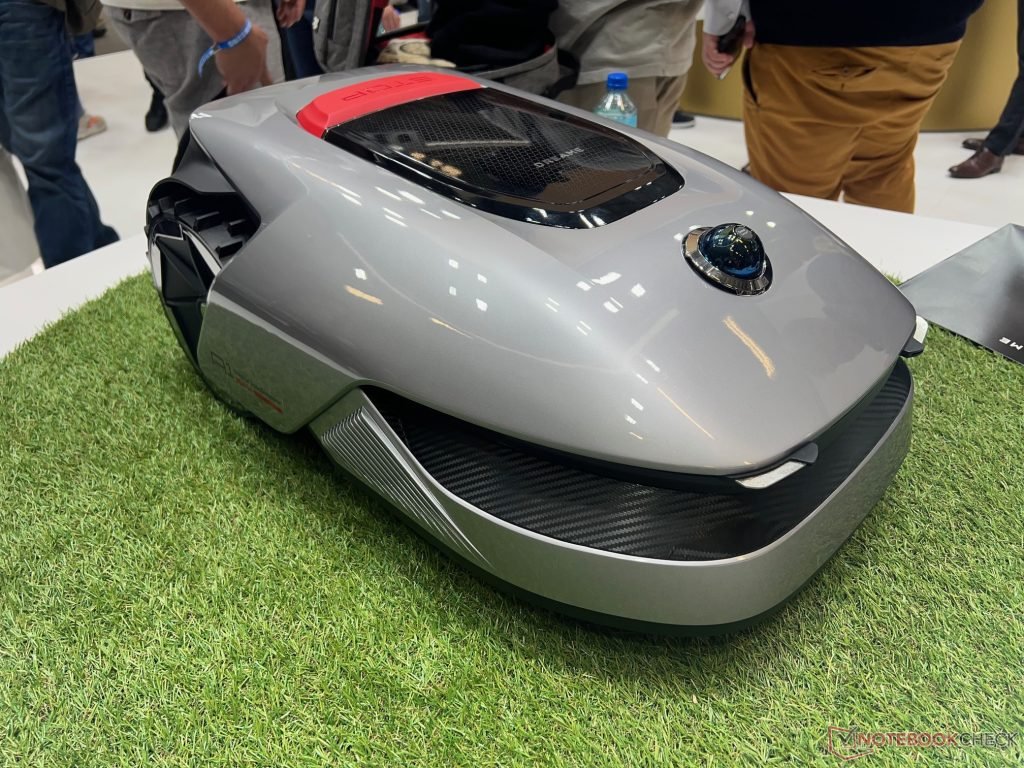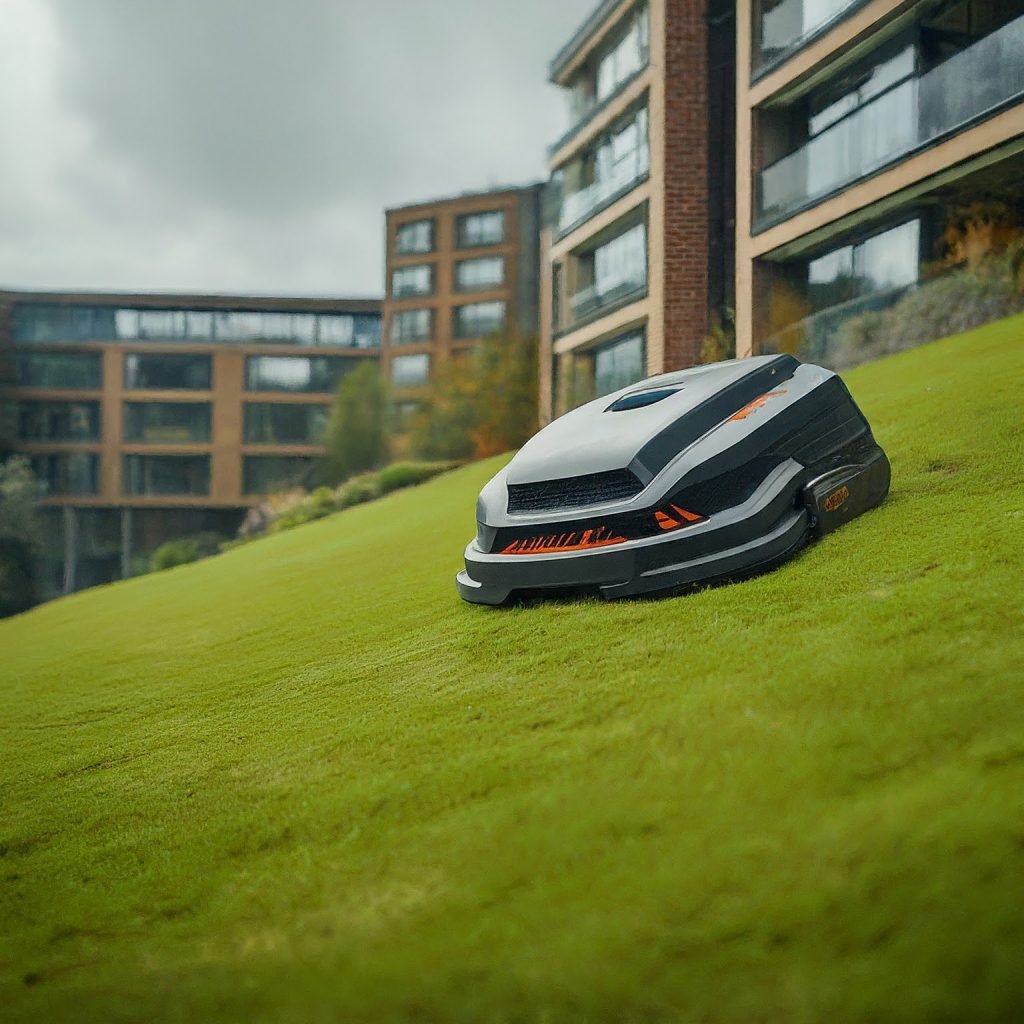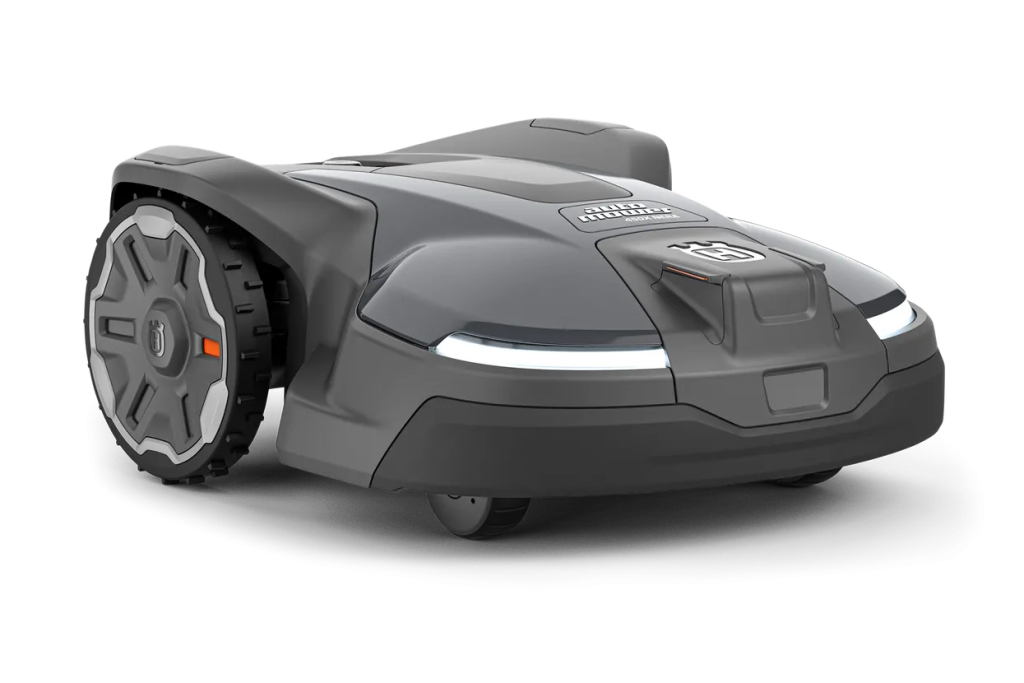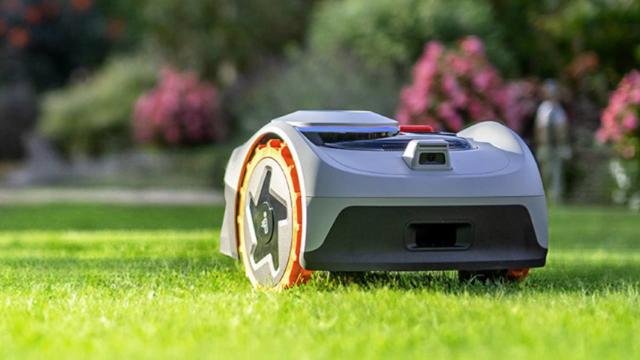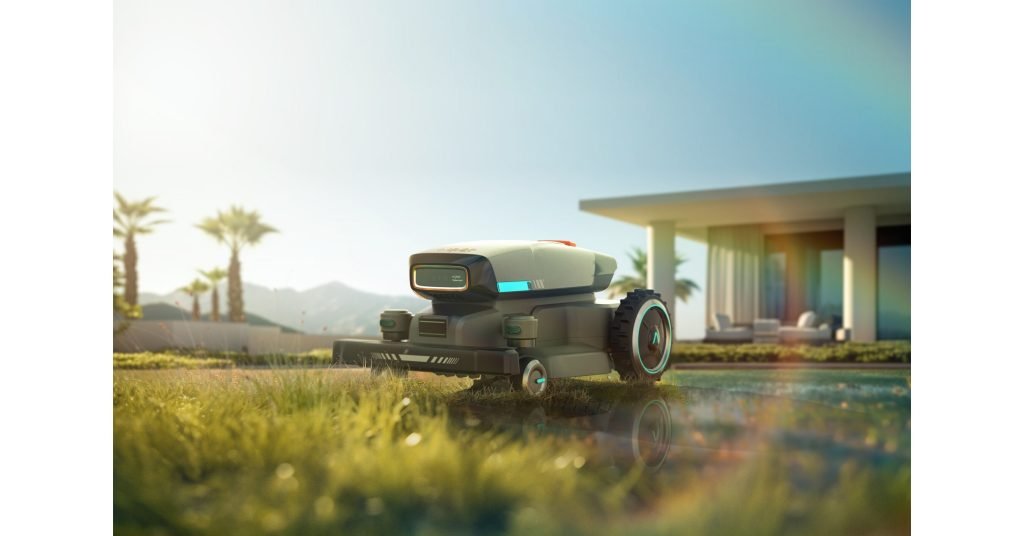Lawn owners know that keeping your grass fresh, healthy, and neat can mean spending long hours mowing and maintaining your backyard throughout the year, particularly during the hotter months when you’d rather be relaxing in the shade. Keeping a lawn in top condition can be a true labor of love, which is why an increasing number of people are turning to robot mowers to save themselves time and energy.
But are the hours robot mowers can save homeowners worth the initial investment? Are there still ways that traditional, manual mowers outperform their newer, automated counterparts? And are there any clear downsides to having a robot rather than a traditional mower?
Today, we’ll be surveying some of the primary differences between these two styles of lawnmower. We’ll also be taking a closer look at some of the reasons automated, robot mowers are becoming ever more popular with lawn lovers looking to put their feet up and relax.
What’s the difference between a robot mower and a manual mower?
In the past ten years, robot mowers have come to take up an expanding share of the lawnmower market. Their growing popularity relies primarily on the fact that they are fully automated and require very little maintenance or intervention on the part of their human owners.
The majority of robot mowers ‘know’ where to cut the grass via a boundary wire installed by the lawn owner. They are powered via rechargeable battery and will, when the battery starts running low, make their own way back to their charging dock in order to refuel. Newer, higher-tech models can also be given an area in which to cut grass via GPS mapping.
All reputable models come with a range of safety features as standard, including bump sensors, automatic shut off when the machine tilts, and emergency stop buttons if you need to manually stop the blades. Higher-end models can also come equipped with video sensors and motion trackers, allowing models to sense unusual objects or non-grass surfaces.
Traditional mowers come in a range of designs, from gas-powered machines to plug-in electric models. There are also cordless, battery-powered manual mowers, as well as kinetic mowers which are driven purely by human movement. The feature that ties all of these traditional models together is that they require humans to move them or drive them around the yard.

Are robot mowers better for your grass than traditional mowers?
General consensus amongst lawn technicians and groundskeepers is that mowing a little regularly is better for grass than cutting a lot off in one go. In this sense, automated robot mowers can prove healthier for your lawn than a traditional mower, since they can be programmed to gradually shave a small amount of grass off your lawn each day. This regular cutting helps stimulate healthy growth.
What’s more, robotic mowers leave the grass clippings on the lawn itself, helping to reintroduce beneficial nutrients back into the soil. Since these cuttings are so fine, they don’t ruin the aesthetic of your backyard. Of course, you can also leave grass cuttings on your lawn using a traditional mower, but larger cuts can produce more unsightly piles of clippings which some gardeners would rather not leave lying around.
Are robot mowers more convenient than traditional mowers?
Whenever anyone thinks of automated mowers, the first thing that often comes to mind is the amount of time they can save. There’s no doubt that, if you add up all the hours its possible to spend mowing your lawn manually throughout a season, an automated robot mower clearly helps save huge amounts of human effort and energy.
You may need to invest an initial afternoon in setting up a perimeter wire, installing the charging port, and tweaking your robot mower’s settings to ensure its schedule and function are right for your garden. However, once this set-up is complete, robot mowers require remarkably little maintenance or supervision. Many models can even be controlled via smartphone app. Most need nothing more than an occasional hose down or blade change to keep them functioning smoothly.
Traditional mowers do, of course, require your own manual operation. Just mowing a single lawn can take anywhere from half an hour to a whole afternoon, not to mention extra time spent getting fuel, oiling the mechanisms, and carrying out routine maintenance.
Are traditional mowers more effective at cutting grass than robot mowers?
Some gardeners still feel traditional mowers have the upper hand over modern robot mowers when it comes to core functionality. User reviews occasionally note that some robot mowers can struggle to navigate the finer edges of lawns or more complex shapes, such as mowing under tables or furniture. For this reason, some people prefer to have the control and oversight afforded by a manual mower, rather than risk having an automated mower do a less-than-perfect job, leaving uneven patches that need to be dealt with by hand anyway.
There’s also little doubt that gas-powered mowers have more powerful motors than their electric counterparts and can usually handle thicker, tougher, longer grass in a way that budget robot mowers can struggle with.
Robot mowers are often designed to be able to handle certain levels of uneven ground, with higher-end models often advertised as handling steeper gradients than their budget counterparts. That being said, higher end traditional mowers, with their manual maneuverability and resilient build, may still be better suited to particularly steep slopes or rough terrain than robot mowers currently available on the commercial market.
Which costs more – traditional mowers or robot mowers?
Although robot mowers are becoming increasingly affordable for everyday homeowners, there’s no denying that traditional mowers can still beat their robotic cousins on price. It’s possible to pick up extremely cheap budget mowers for around $100, and some for even cheaper if you are happy to settle for a kinetic model that operates solely through human movement.
Robot mowers on the other hand start at around $600, with higher-tech models climbing to $3000 or more. Traditional mowers can also be expensive, of course, with ride-on models designed for much larger lawns costing potentially tens of thousands of dollars, but when it comes to the budget-end of the market manually operated machines are still more affordable at the point of purchase.
Are robot mowers more eco-friendly than traditional mowers?
Robot mowers are often an attractive prospect for gardeners looking to minimize their impact on the environment. The fact that robot mowers are exclusively powered by electricity makes their fuel source, although not carbon-neutral, certainly a cleaner option than that of their gas-powered cousins. Electricity can be generated via green, renewable means in a way that fossil fuels simply can not.
Robot mowers are also often far quieter than petrol driven mowers, with most being designed specifically to cause as little noise pollution as possible. This means that, even if you have them programmed to operate around the clock, they will usually cause far less disruption for neighbors and local wildlife.
Are traditional mowers safer than robot mowers?
A primary concern for many people considering whether or not a robot mower is suitable for their family is the safety of these automated machines. For some, the idea of a self-propelled robot with a rotating cutting blade sounds like something out of a sci-fi nightmare.
The reality is that automated mowers often result in far less injuries, and appear to be statistically safer, than manually operated models. Thousands of Americans are sent to the emergency room each year with manual mower related injuries, often caused by hands or feet coming into contact with the blade during use. Automated mowers, on the other hand, usually come equipped with a range of safety features that makes it more difficult for humans to get close to the blades whilst they are in motion.
Automatic tilt sensors are a standard safety feature, meaning that blades should cut off as soon as the machine is lifted or partially off the ground. Many higher tech models also come with motion sensors and various video technology to help them identify non-grass surfaces and other objects, such as footballs, pets, or children. Models also come with bump sensors that deactivate the blade motor as soon as something or someone knocks up against the external chassis. For all these reasons, automated mowers are coming to be seen as statistically safer than traditional mowers, despite them often operating without human supervision.

